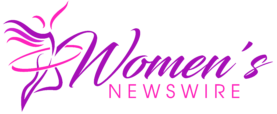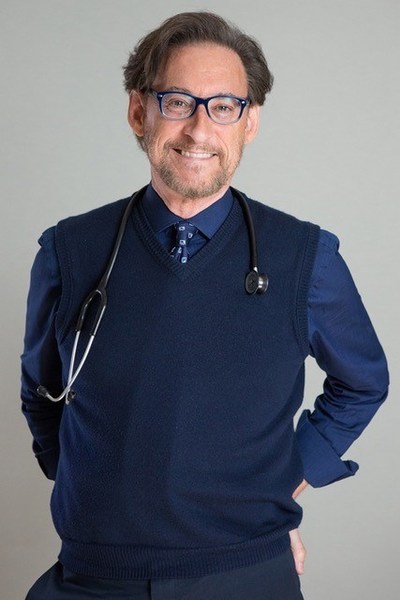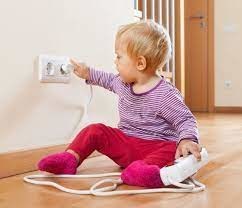LOS ANGELES, Nov. 18, 2021 /PRNewswire/ — Thanks to more and more people getting their COVID-19 vaccinations and a dropping infection rate, this holiday season will surely be a bit different than last year’s! However, we are not yet ready for a return to normal…especially when it comes to holiday travel with young and unvaccinated babies and toddlers. Dr. Harvey Karp, pediatrician, best-selling author of the #1 parent guides Happiest Baby on the Block and Happiest Toddler on the Block, and creator of SNOO, the safe baby bassinet, wants to share his Top 10 Travel Safety Tips to ensure that your holiday season is as safe as can be. www.happiestbaby.com
- Vaccinate! All eligible people—including children over 5—should get vaccinated. While it’s true that children are less likely to become extremely ill with COVID than adults, thousands have been hospitalized and many have died. Plus, children of all ages can spread COVID-19 to parents, grandparents, aunts, uncles, and fellow travelers.
- And get your flu shot, too! Everyone 6 months and older should get a flu shot…especially children under 5, since they’re especially vulnerable to the influenza. But plan before travel: Babies and toddlers getting the flu shot for the first time need two doses with four weeks in between! It takes up to two weeks for the body to become immune to the flu after the second shot.
- Travel smartly. Traveling with tots who are too young to be vaccinated? Choose short road trips with few rest stops along the way to limit any possible exposure. And if you must fly, mask up—and try to limit stops or layovers. Even if you are fully vaccinated, wear a mask while flying, in the airport, and in any indoor or crowded space.
- Ensure safe sleep when away. If you are borrowing a play yard or crib for your little one to sleep in, make sure it’s safe. For instance, all drop-side cribs and many inclined sleepers have been recalled due to safety issues. You should also never use cribs that are more than 10 years old, broken, or in any way modified. And safe-sleep guidelines are still in play, no matter where you are: That means babies need to be put down on their backs and on a firm sleep surface free of blankets, pillows, and stuffed animals—and you!
- Child-proof your home-away-from-home. The best way to child-proof your hotel room, Airbnb, or even your parents’ house is to get on all fours and pretend you’re a baby! Crawl around to spot—and quickly dispose of—dangerous items like loose change, buttons, and batteries. Cover electric outlets with tape; use a medical tape and a cotton ball to soften sharp corners; hide any dangling cords; and make sure your toddler can’t pull over any heavy furniture, drawers, or TVs.
- Know your local hospitals. Enter the phone number and location of the local hospital and urgent care center into your contacts—and share the info with the people you’re staying with. At the same time, go "old-school" and write the information down and post it where everyone can see.
- Be ready for on-the-road sniffles. Travel with a nasal bulb syringe, aka a snot sucker. If your infant picks up a cold during travel, swaddle them, place a drop of saline nose drops in their nose, then use a bulb syringe to gently suck the mucus out. You can even use a drop of breastmilk instead of saline! But don’t use any OTC cold or cough medicine for children under the age of 4! Also avoid zinc nose spray or drops; aspirin; and for children on the age of 1, honey.
- Pack a first-aid kit. Don’t trust that your parents or the hotel will have a digital thermometer, children’s fever-reliever, or any medical supplies you may need. Bring them along and be sure to include a small tub of petroleum jelly for dry skin, diaper rash, and minor scratches.
- Plan for cold temperatures. While it’s often safest to be outdoors in the fresh air while visiting folks during the pandemic, know that babies and young children are more susceptible to the dangers of extreme temperatures than grownups. Protect kids of all ages with hats, warm boots, mittens, and outerwear such as snow pants—but no scarfs, which can be dangerous.
- Tune into indoor temps, too. Don’t be shy about asking your host to adjust the thermostat for your baby’s safety! A too-warm bedroom increases a baby’s risk of SIDS, which is why infants are at higher risk of SIDS during the winter when folks crank the heat and overdress babies. The room your baby sleeps in should be kept between 68° F to 72°F 9 (20°C to 22.2°C).
Contact:
Maury Rogoff
9178657530
323732@email4pr.com
SOURCE Dr. Harvey Karp



